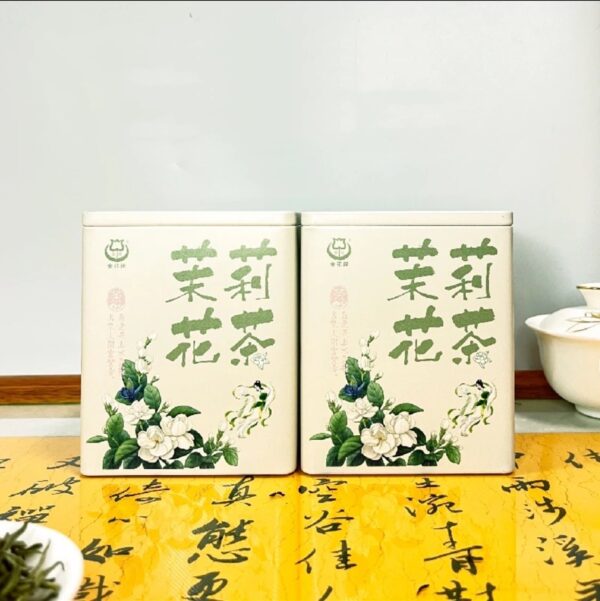
# Jasmine Tea: A Fragrant Journey Through Tradition and Flavor
The Timeless Allure of Jasmine Tea
For centuries, jasmine tea has captivated tea enthusiasts with its delicate floral aroma and soothing taste. This fragrant beverage, born from the harmonious marriage of tea leaves and jasmine blossoms, represents one of China’s most cherished tea traditions. The art of scenting tea with jasmine flowers dates back to the Song Dynasty (960-1279 AD), making it a drink steeped in history as much as flavor.
Keyword: jasmine tea
The Craft Behind the Fragrance
Creating authentic jasmine tea is a labor-intensive process that requires patience and precision. Tea masters typically use green tea as the base, though white and black tea varieties are sometimes employed. The jasmine flowers are harvested during their peak blooming season and carefully layered with the tea leaves at night when their fragrance is most potent. This scenting process may be repeated multiple times to achieve the desired intensity of aroma.
Traditional Production Steps:
- Tea leaf harvesting in early spring
- Partial processing and storage until jasmine season
- Nighttime scenting with fresh jasmine blossoms
- Separation of flowers from tea leaves
- Possible multiple scenting cycles
- Final drying and packaging
Health Benefits of Jasmine Tea
Beyond its delightful taste, jasmine tea offers numerous health benefits. The combination of tea polyphenols and jasmine’s natural compounds creates a beverage rich in antioxidants. Regular consumption may help:
- Reduce stress and promote relaxation
- Support cardiovascular health
- Aid in digestion
- Boost immune function
- Provide gentle caffeine stimulation
Brewing the Perfect Cup
To fully appreciate jasmine tea’s nuanced flavors, proper brewing is essential. Use fresh, filtered water heated to about 175°F (80°C) for green tea bases or 195°F (90°C) for white tea varieties. Steep for 2-3 minutes, being careful not to overbrew as this can bring out unwanted bitterness. High-quality jasmine teas can often be infused multiple times, with each steeping revealing different layers of the tea’s complex character.
Modern Variations and Pairings
While traditional jasmine tea remains beloved, contemporary interpretations have expanded its appeal. Jasmine pearls – hand-rolled tea leaves that unfurl beautifully when steeped – offer a visually stunning experience. Jasmine-scented oolongs and black teas provide bolder flavor profiles. For food pairings, jasmine tea complements light dishes like steamed fish, dim sum, or mildly spiced Asian cuisine beautifully. Its floral notes also make it an excellent accompaniment to fruit-based desserts.
Whether enjoyed as part of a mindful morning ritual or shared with friends during afternoon tea, jasmine tea continues to enchant drinkers worldwide with its timeless elegance and soothing qualities. Each sip carries the essence of centuries-old tradition and the delicate beauty of nature’s most fragrant blossoms.